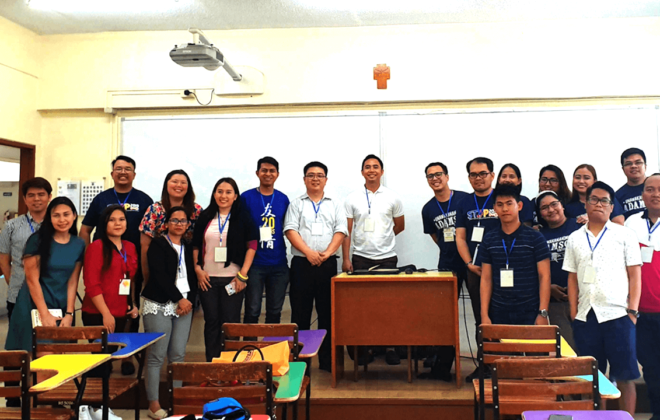How Does RPA Boost Employee Engagement and Productivity?
Despite growing impression that the rise of automation revolution will render jobs obsolete, most businesses still believe that Robotic Process Automation (RPA) is making their employees efficient and happy.
According to a research by Forrester Consulting, which was commissioned by UiPath, while companies bet on RPA to streamline client satisfaction, the human workforce also benefits from the most considerable advantages of this continuously developing technology.
RPA is a developing technology practice that empowers current human workforce by deploying virtual “robots” to do the repetitive, more mundane, and higher value jobs. Forrester investigate the impact of RPA on employee engagement and experience by conducting interviews and gathering data from a survey of 100 decision-makers from core business lines.
The study titled, “The Impact of RPA on Employee Experience,” showed encouraging results. In the survey, 92% of respondents have admitted to seeing the results of faster efficiency; 86% of respondents believe that RPA has increased efficiency, and 66% of respondents believe RPA restructures existing work which enables employees to have more human interactions.
There are numerous compelling reasons for organizations to implement RPA such as to reduce cost, to achieve higher accuracy, to increase compliance, and more. Some enterprises are also adopting RPA to trim down employee headcount, but that is precisely the wrong reason to be implementing RPA according to the study.
About 85% of surveyed firms adopt RPA with the goal to achieve better customer service. But contrary to the traditional “customer first” mantra, successful automation and cutting-edge customer services are predominantly tantamount to better employee experience. Employees who are tasked to do repetitive and un-engaging workload are less likely to feel satisfied with their career, hence it’s nearly impossible to fulfill or maintain satisfied customers.
Companies using RPA are able to focus on taking the robot out of the human. Employees are now able to rely on the traits that cannot be automated. While computers are better at checking and validating information, entering data, comparing fields in Excel spreadsheets, as well as copying and pasting information people remain distinct because of their natural ability to understand human needs, think creatively and critically, and bank on their decision based on intuition and emotion.
Read related article: Augmented Workforce
In spite of the positive impact of RPA adoption to employees, the study also found that businesses have grapple with automation as they struggle to scale their RPA solutions due to the lack of trained personnel and resources to support and use the technology. In fact, 93% of those surveyed stated that they have difficulties understanding the different deployment options available to them.
There are still pockets of RPA practices that have not been explored, and the lack of awareness about automation and its benefits has also been a consistent dilemma for succession of digital revolution. Despite industry moving fast towards automation, other sectors continue to crawl behind preparing people for the robotics-centric nature of employment in the future.
“Existing social Institutions – especially the educational system – need to upgrade their curriculum and come up with ways so that students and aspiring tech-savvy individuals can easily adapt to this new technology.” said Allan Tan, managing director of Monstar Lab Philippines.
This also applies to industries and upstart businesses in countries that do not have much knowledge about RPA and are beginning to ride the train to automation.
Read related article: The Future of RPA in the Philippines
Moreover, the study indicates possible psychological impact of RPA on the human workforce which business leaders must overcome. Communication and collaboration between the business and workers, and well-designed change management programs, are crucial.
Forrester and UiPath suggests organizations to create an RPA center of excellence at the onset of deployment, and utilize human-centric change management strategy. In addition, Tan recommends to follow a well-thought-out strategy when adopting RPA to capitalize on its transformative potential which keep employees engaged and happy.
Read related articles: RPA: A Quick and Easy Fix and How to Start RPA in Your Organization





